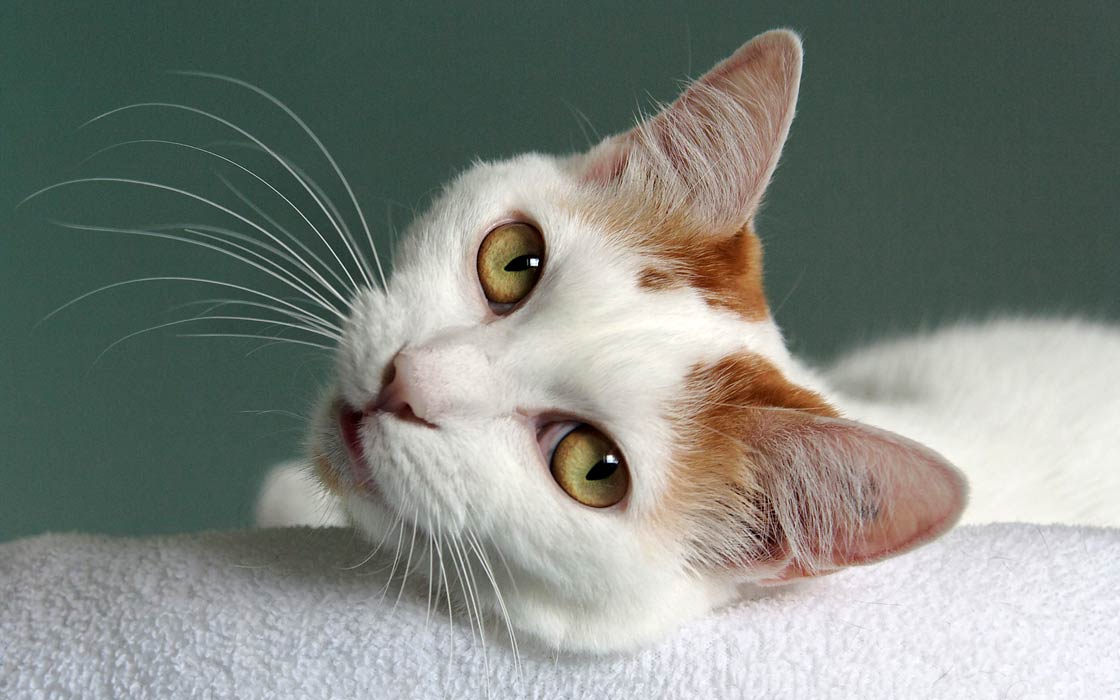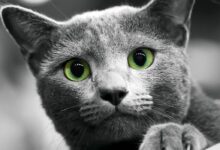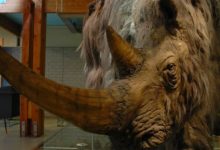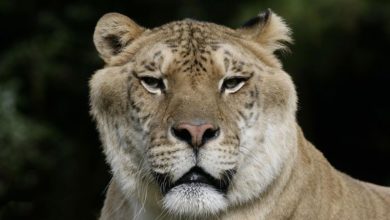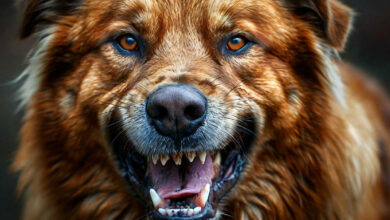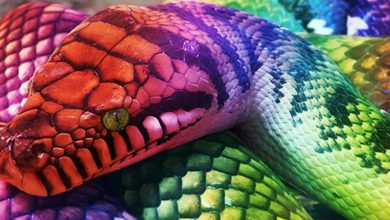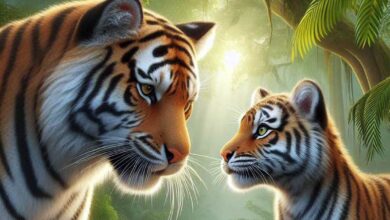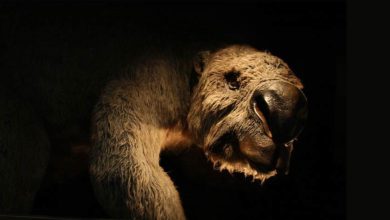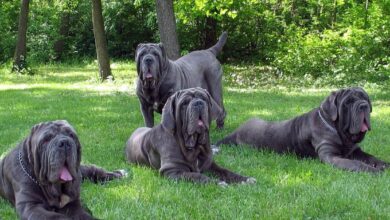Japanese Bobtail cat or Hello Kitty
Symbol of luck and Maneki-neko
If you’ve ever wondered about the origins of Hello Kitty characters, you’re just getting to know the truth. This world-famous figure of a cute kitten with a bow under the ear is based on a real breed – the Japanese Bobtail. Hello Kitty is a modern-day kawaii symbol – a word translated as “lovable”, “delightful” or “cute”, used by the Japanese.
The Japanese Bobtail breed contributed not only to the creation of the described manga character, but also to the creation of one of the most important symbols of happiness in Japan – the Maneki-neko cat (招き猫, ‘beckoning cat’).
FIFe classification
- Category III: Shorthair cats
- EMS code: JBT
- Country of origin: Japan, Southeast Asia
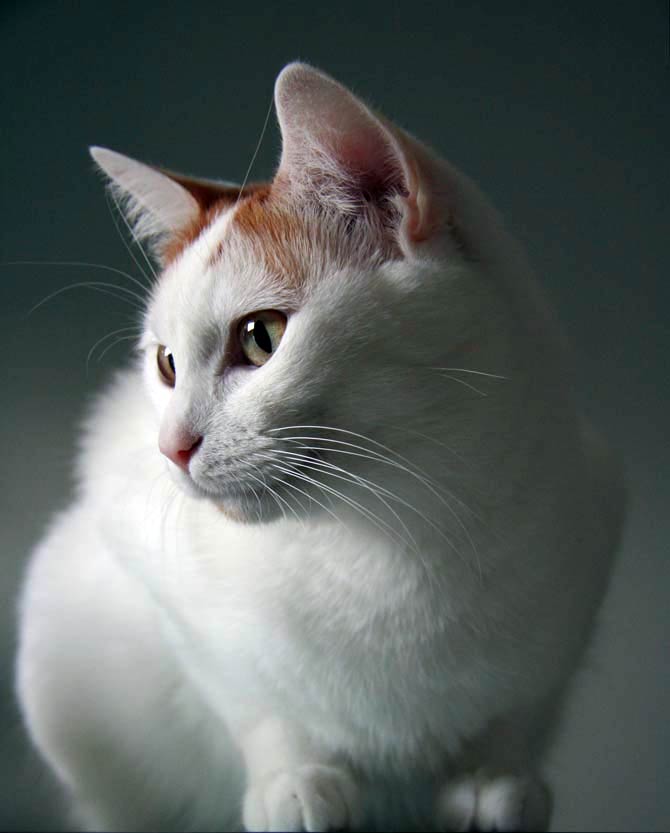
History of the breed
The first domestic cats appeared in Japan from China and Korea in the 6th century, but it is uncertain whether they had short or long tails. So it is not known when and where the Japanese Bobtail breed arose. It is certain that it comes from the Far East and is at least several hundred years old.
The age of the breed is evidenced by many elements of Japanese folklore, which includes many images of a short-tailed cat.
One story has it that a small Bobtail cat named Maneki-neko (“beckoning cat”) greeted passers-by with a raised paw, thus becoming a symbol of good luck. An image of Maneki-neko with one paw raised in greeting is today on the facade of the Gotokuji Temple near Tokyo. Maneki-neko figurines are also one of the favorite decorations of the Japanese. It has a function similar to that of an elephant with a raised trunk in Europe – it is said to bring good luck.
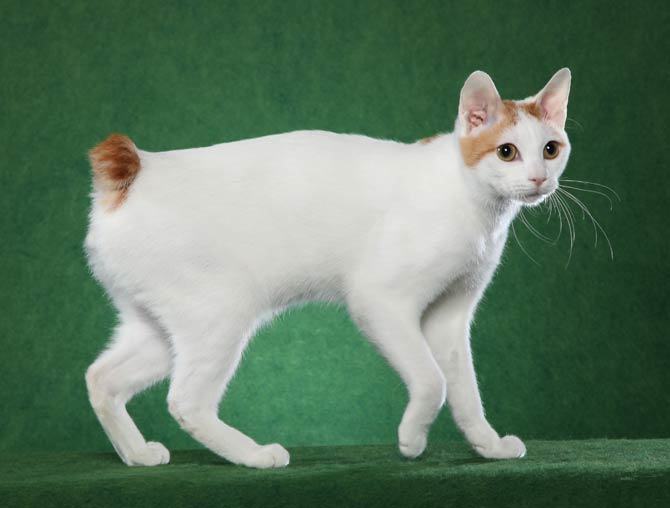
In folk art
It turns out, therefore, that we learn the most about the Japanese Bobtail not from historical records, but from Japanese folk art.
The first documented Japanese short-tailed cats existed in the country as early as the beginning of the 17th century. The images of three-color bobtails can be found today on woodcuts and screen prints that have survived from that period.
Short tail
How do the Japanese explain the unusually short tail of their pet? According to one story, a sleeping cat caught fire from a nearby fire. A frightened animal ran through the streets of the Empire, setting houses on fire with its burning tail. In the morning, enraged by the destruction of the city, the Emperor ordered that all cats in the Empire have their tails cut off to prevent a similar disaster in the future.

Characteristic
Appearance
The breed is recognized by all major felinological federations, with the exception of the British GCCF.
The perfect Japanese Bobtail has an equilateral triangle head and large, protruding, widely spaced ears. The eyes should be large, more oval than round, and the muzzle rather broad and rounded, not too pointed, nor even flatter. The torso should be elongated, slim but muscular, with a fine line. The body is supported on long and slender limbs (the hind limbs are longer than the front limbs).
Within the breed, there is a short-haired and long-haired variety. Both hairs must be soft and silky smooth. Additionally, in long-haired cats, the hair gradually lengthens towards the rump. The tail, although short, should be visible and consist of one or more curved vertebrae. All types of colors are allowed, but the most desirable is the calico tortoiseshell, that is red, black and white.
The short tail (usually measuring about 10 cm) is the result of a genetic mutation caused by a recessive gene. However, this gene is not associated with a mutation such as in Manx cats. It is therefore believed that the short tail in Japanese bobtails is not associated with a genetic defect as it is in Isle of Man cats.
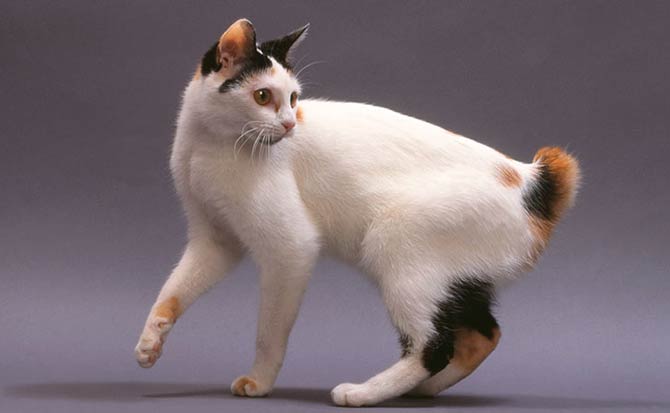
Temperament
These Japanese cats are extremely social, moreover, curious, courageous, intelligent and alert. They adapt easily to the way of life of a given family, new people, animals and situations. They are very active, but they are not irritating with their presence. They like group games where they can play with their tutor.
They are involved in the lives of the owners, they want to accompany them and they are happy to shake hands, even if they have not been asked to do so. They also love talking to people – they emit a wide variety of sounds that some breeders call singing.
The breed also belongs to a small group of cats that like to walk on a leash and perform various tricks. They are not too noisy (though chatty), but can sound an alarm if something bothers them. Many owners also note that these cats like water.

Detailed data / dimensions (size)
Japanese Bobtail cat
- Height at the withers: 20-22 cm (7.9 – 8.7 in)
- Weight:
- males 3-4 kg (6.6 – 8.8 lb)
- females 2-3 kg (4.4 – 6.6 lb)
- Tail length: 10 cm (3.9 in)
- Lifespan: 15-18 years
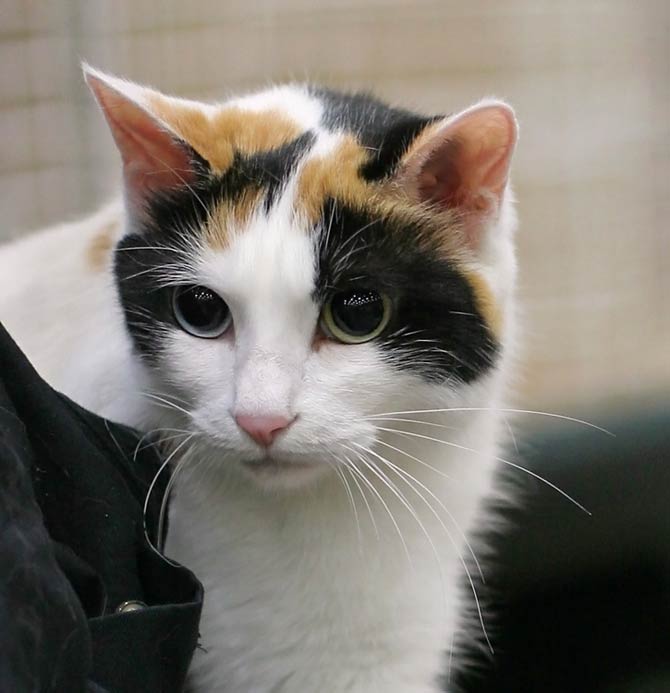
Japanese Bobtail – interesting facts
- Japanese tricolor bobtails are called Mi-ke (“tricolor”) /(三毛, mi-ke, ‘triple-hair’)/ and they are seen as a symbol of good luck. During the Empire, the Japanese adored him for his beauty and goodness to such an extent that Mi-ke figurines were placed in temples and the home of the imperial family.
- In 2013, the greatest number of Japanese Bobtail breedings was in South America, few in Europe, and at least one in Japan. The breed is therefore one of the rarest.
- Irises variegated within the breed. Cats affected by this unusual feature have one blue (or silver) eye, mainly in Japanese breeding, and the other yellow (golden) eye. Kittens with such eyes are usually more expensive than their ordinary relatives.
- Genetic research proves that the Japanese Bobtail is one of the most genetically diverse breeds. Thanks to this, they are not marked by serious congenital diseases. Moreover, Japanese Bobtail litters are smaller than other breeds, but the kittens are larger and develop faster than other purebred cats.
- The character of the Japanese bobtail appears in Studio Ghibli’s animated film, “The Cat Returns” (Neko no Ongaeshi). The character of a “happy” cat appears in many anime (Japanese animated films) created, among others, by Hayao Miyazaki – co-founder of Studio Ghibli.


